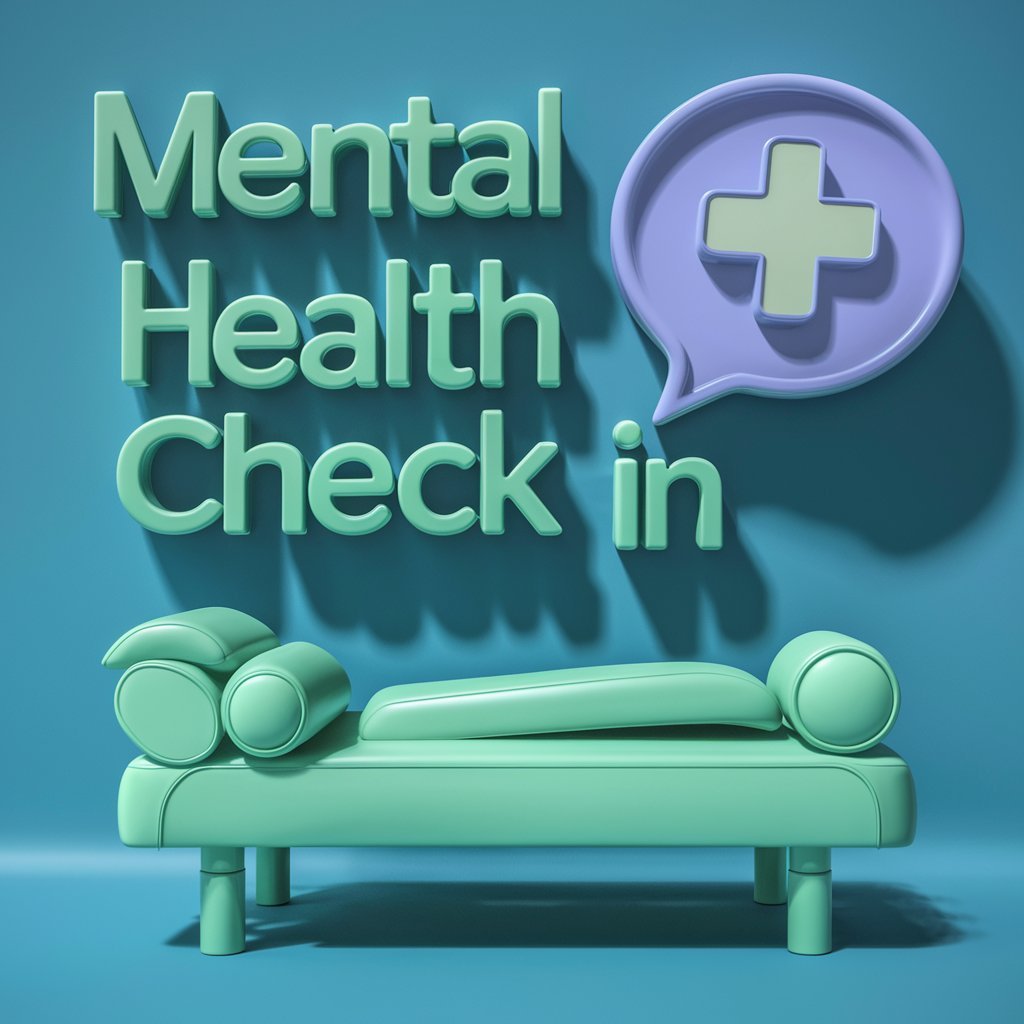Trigger warnings are statements that alert readers or viewers to potentially distressing or triggering content. They are intended to provide a heads-up to individuals who may have a strong emotional reaction to certain topics, such as violence, abuse, or other sensitive subjects. While trigger warnings can be beneficial in helping individuals manage their emotional responses, they also come with their own set of challenges and considerations.
What are Trigger Warnings?
Trigger warnings are brief statements that precede potentially triggering content in articles, books, videos, or other forms of media. They serve as a warning to individuals who may have experienced trauma related to the content in question, giving them the opportunity to prepare themselves emotionally or avoid the content altogether.
How to Use Trigger Warnings Responsibly
When using trigger warnings, it’s important to be mindful of the following:
- Be specific:
- Offer alternatives:
- Respect individual autonomy:
Provide a clear and concise description of the potentially triggering content. This will help individuals make an informed decision about whether or not to proceed.
If possible, provide alternative resources or content warnings for individuals who may find the original content distressing.
While trigger warnings can be helpful, they should not be used as a form of censorship. Individuals have the right to decide for themselves whether they can handle the content.
Conclusion
In conclusion, trigger warnings can be a valuable tool for individuals who may be triggered by certain content. However, it’s important to use them responsibly and with sensitivity to the needs of others. By being specific, offering alternatives, and respecting individual autonomy, we can create a safer and more inclusive online environment for everyone.
FAQs
Q: Are trigger warnings necessary for all types of content?
A: While trigger warnings can be helpful for certain types of content, they may not be necessary for every situation. It’s important to use discretion and consider the potential impact on readers or viewers before including trigger warnings.
Q: How can I determine if a specific piece of content requires a trigger warning?
A: To determine if a piece of content requires a trigger warning, consider the nature of the content and its potential impact on individuals who have experienced trauma related to the subject matter. When in doubt, it’s always better to err on the side of caution and include a trigger warning.





